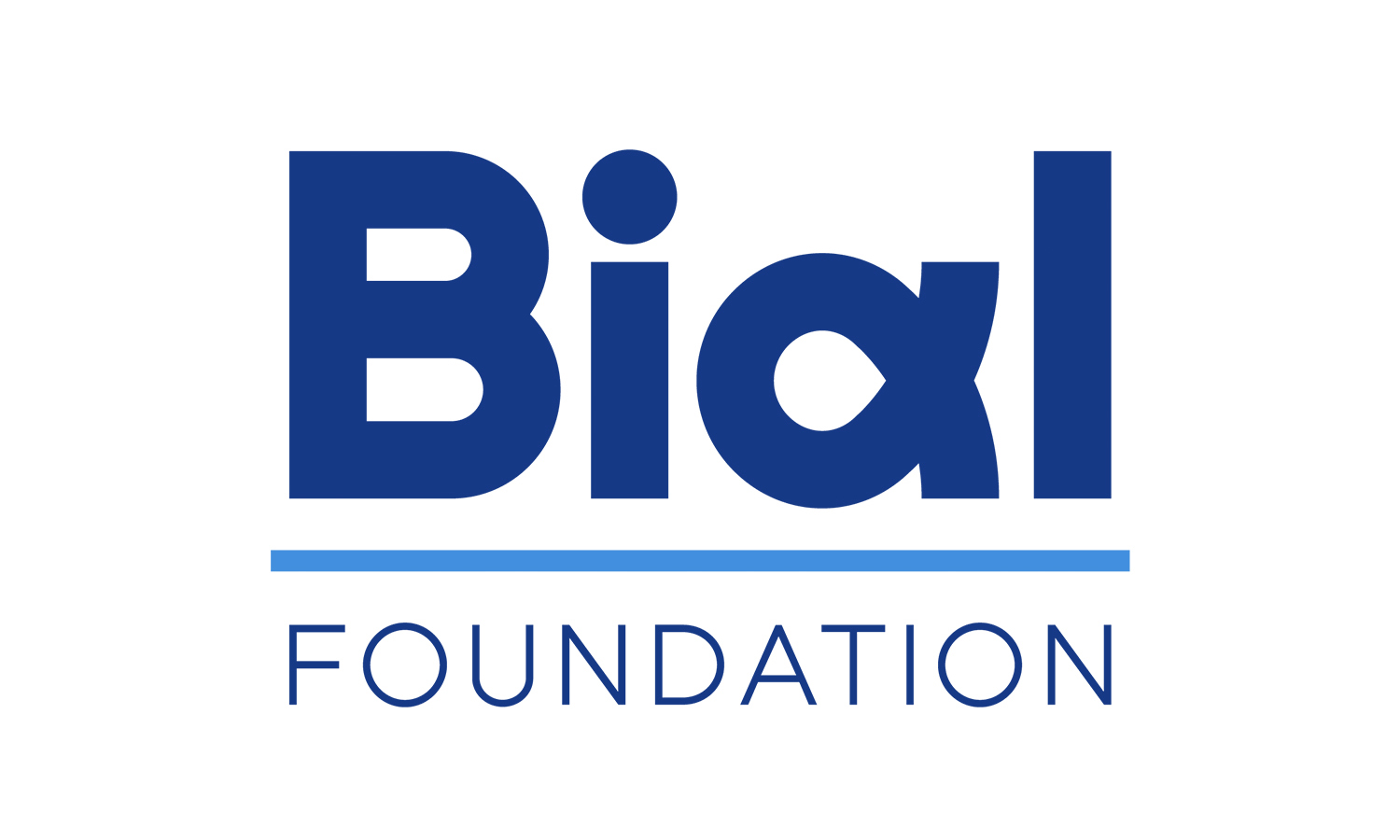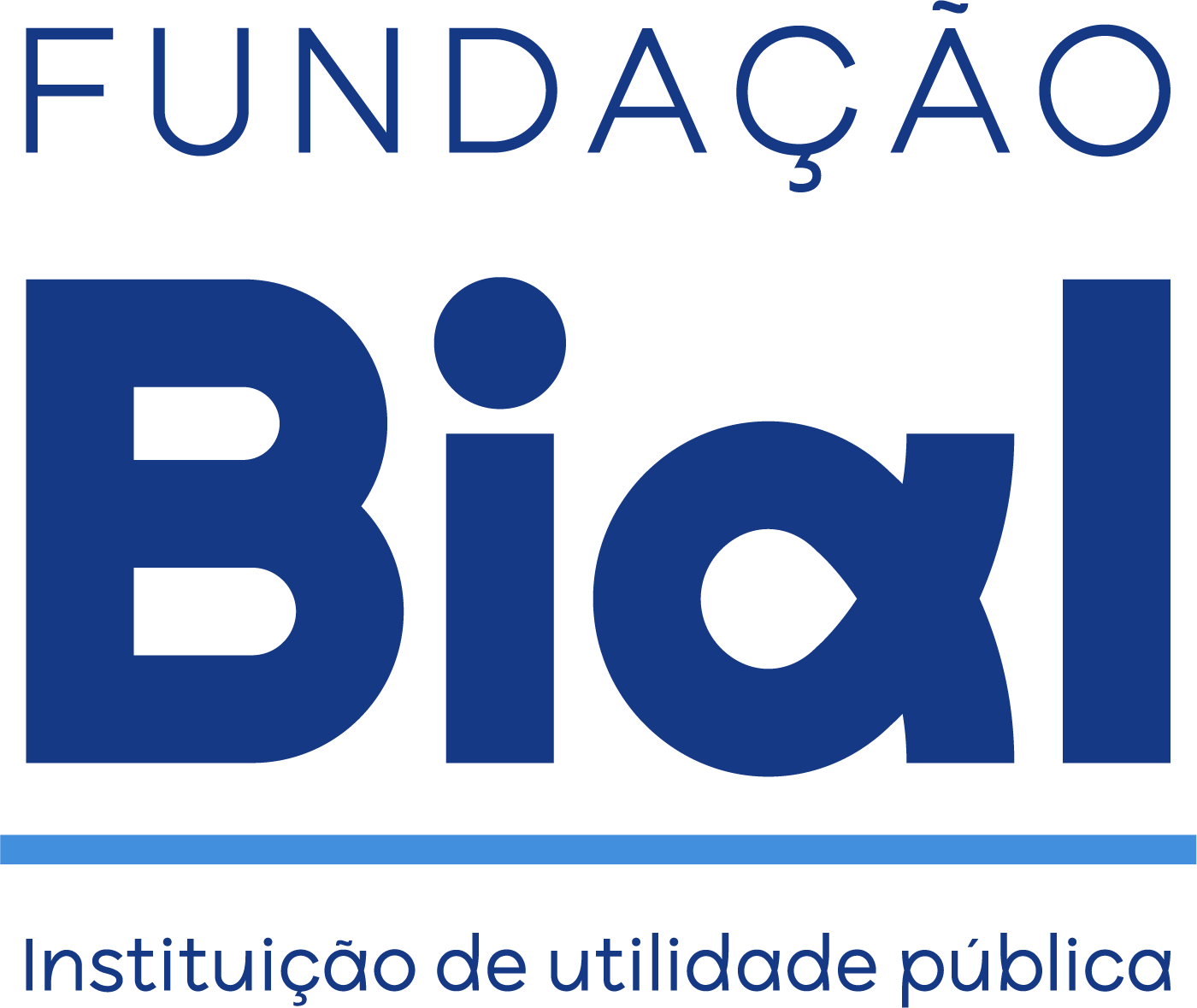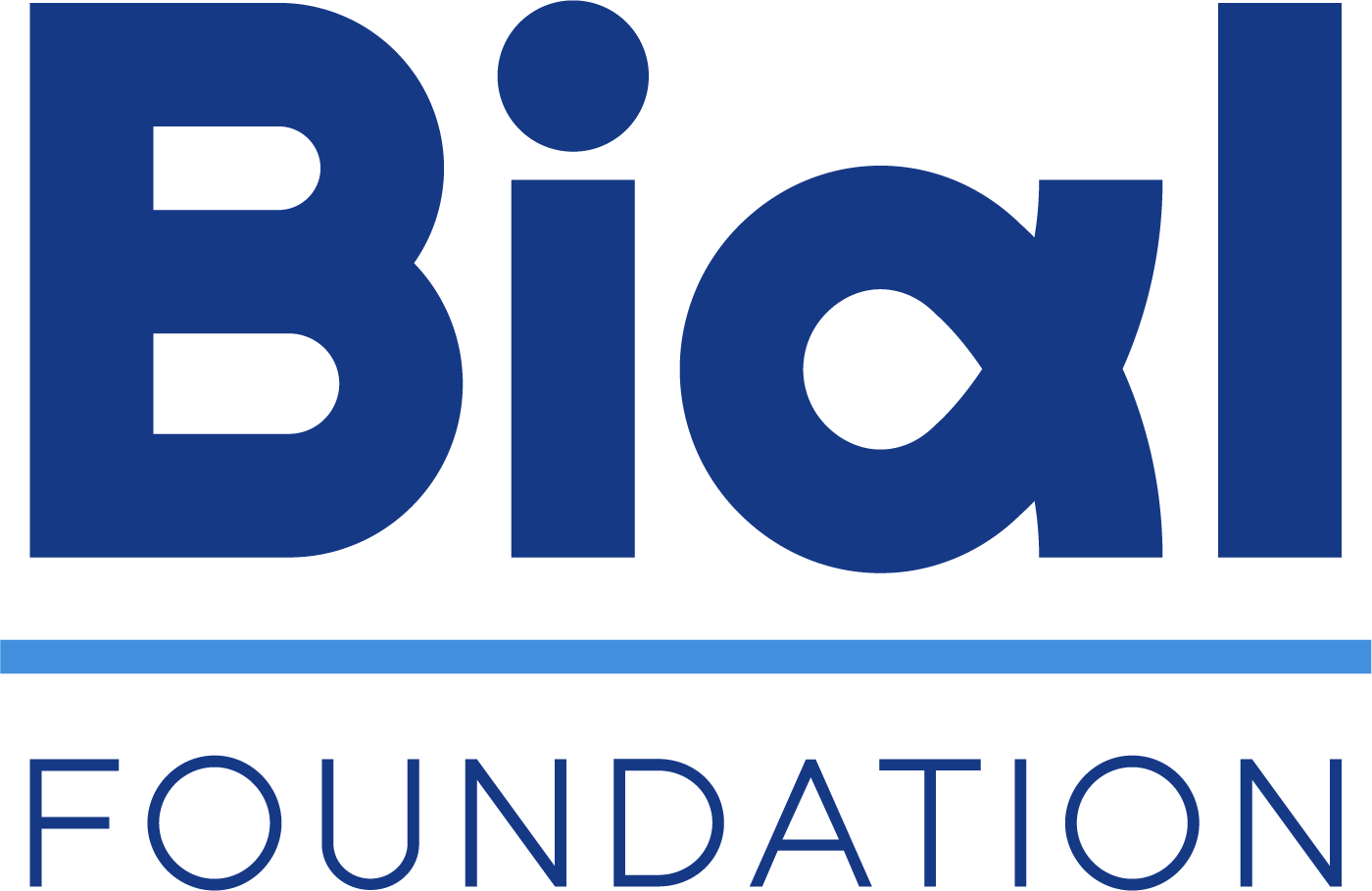News
- Science Stories
- Highlights
- Looking for collaboration
- Helpful links
- Logos
Science Stories
It is our mission being accomplished. Since 1994, the Bial Foundation has approved for funding 946 projects, involving around 1900 researchers from 31 countries. There are three decades of support to Scientific Research Projects oriented toward the neurophysiological and mental study of the human being, in the areas of Psychophysiology and Parapsychology.
Discover the stories behind the science.
Science Stories

Empathy in couples
Understanding the adaptative functioning of couples is something crucial considering the harmful consequences of situations of domestic violence.

Choosing the usual or taking a chance?
We always choose the same route back home, but one day, alerted about traffic restrictions, we decide to risk an alternative route. What drives us to make this decision?

Dream and daydream: differences and similarities
Did you know that daydreams reflect events from the previous two days and “night” dreams resemble a fictional plot?

Does your dog have social skills?
A study suggests that viewing the owner’s face works as a positive social reinforcement for dogs. Learn more about this and other surprising results about “man’s best friend”.
News
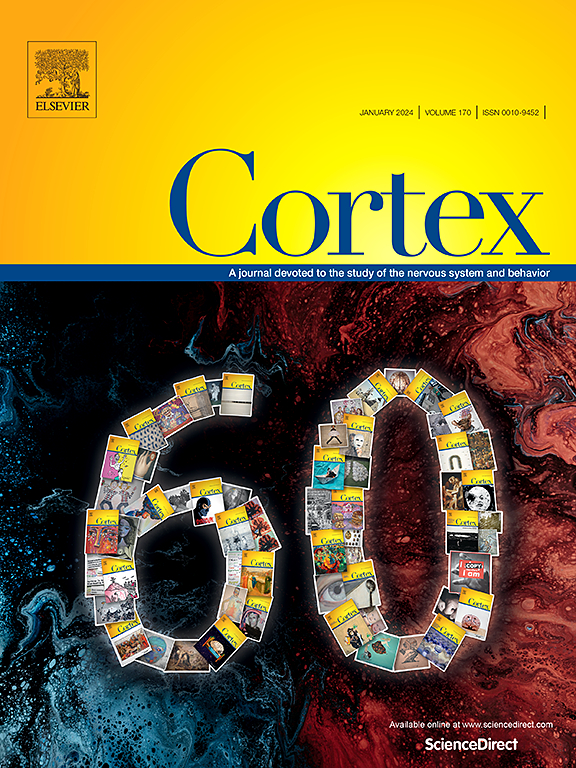
How do blind individuals perceive emotional authenticity?
In the scope of the research project 148/18 - Voice perception in the visually deprived brain: Behavioral and electrophysiological insights, supported by the BIAL Foundation, the research team, led by Tatiana Conde, aimed to explore how blind individuals perceive emotional authenticity. Combining behavioural and ERP measures it was investigated authenticity perception in laughter and crying in individuals early-blind (n = 17) late-blind (n = 17), and sighted control participants (n = 51). Behaviourally, early-blind and sighted participants performed similarly well in emotional authenticity perception, but the late-blind group performed worse than sighted controls. In brain responses, all groups were sensitive to laughter authenticity at the P2 stage, and to crying authenticity at the early LPP stage. Nevertheless, only early-blind participants were sensitive to crying authenticity at the N1 and middle LPP stages, and to laughter authenticity at the early LPP stage. Furthermore, early-blind and sighted participants were more sensitive than late-blind ones to crying authenticity at the P2 and late LPP stages. Altogether, these findings suggest that prolonged visual deprivation with late-onset impairs the processing of emotional authenticity. For more information read the paper Blindness influences emotional authenticity perception in voices: Behavioral and ERP evidence published in the journal Cortex.
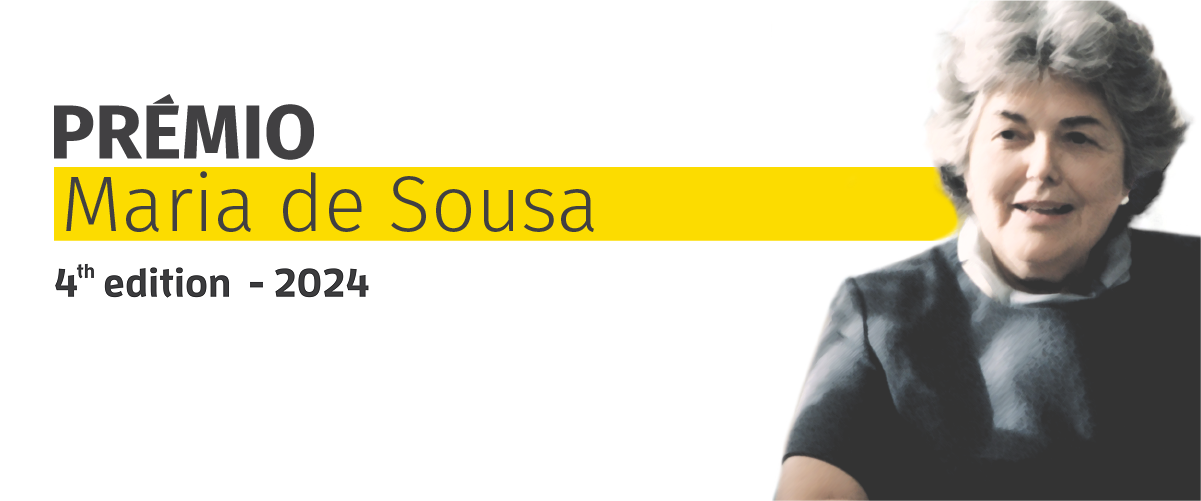
Maria de Sousa Award 2024: applications are open
Applications are now open for the Maria de Sousa Award 4th edition - 2024, promoted by the Portuguese Medical Association and the BIAL Foundation.

Nuno Grande Doctoral Scholarship 2023: applications are open
Applications are now open for the Nuno Grande Doctoral Scholarship 2023, worth €25,000. Candidates must, at the time of application submission, be enrolled in the Doctoral Program in Medical Sciences at the Abel Salazar Institute of Biomedical Sciences (ICBAS). The applications are open until January 19, 2024.

How submovements are coordinated?
In the scope of the research project 246/20 - The hidden rhythm of interpersonal (sub-)movement coordination, supported by the BIAL Foundation, the research team led by Alice Tomassini studied the submovement coordination at an individual- and dyadic-level. Participants performed a series of bimanual tasks in coordination with a partner (dyadic task) or alone (solo task) and, in the latter case, with or without visual feedback. Data, presented in the paper The microstructure of intra- and interpersonal coordination published in the Proceedings of the Royal Society B, showed that distinct coordinative structures emerged at the level of submovements, as a result of feedback properties. Specifically, the relative timing of submovements (between partners/effectors) shifted from alternation to simultaneity and a mixture of both when coordination is achieved using vision (interpersonal), proprioception/efference-copy only (intrapersonal, without vision) or all information sources (intrapersonal, with vision), respectively.
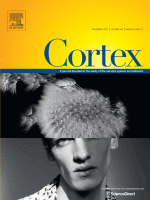
Can the brain act as a psi-inhibitory filter?
Morris Freedman’s neurobiological model suggests that the frontal lobes of the brain act as a filter to inhibit psi and implies that humans may have innate psi abilities that are suppressed by this frontal lobe filter. To test this model, the research team of the research project 210/18 - Mind-matter Interactions and the Frontal Lobes of the Brain, supported by the BIAL Foundation, used repetitive transcranial magnetic stimulation (rTMS) to induce reversible brain lesions in the left medial middle frontal region in healthy participants. Data confirmed their a priori hypothesis, that is, healthy participants with reversible rTMS induced lesions affecting the left medial middle frontal brain region showed larger effects on a mind-matter interaction task compared to healthy participants without rTMS induced lesions. These findings support the concept that the brain serves as a filter to block psi effects and may help explain why these effects are so small and hard to replicate in healthy participants. To know more about the study, please read the paper Enhanced mind-matter interactions following rTMS induced frontal lobe inhibition, published in the journal Cortex.

Can perceived interactions with the deceased help in the bereavement process?
Across societies, 30 to 34% of individuals is likely to experience at least one after-death communication (ADC) in their lifetime. The ADC is defined as a spontaneous phenomenon in which a living individual has a feeling or sense of direct contact with a deceased person. An ADC may occur in several forms, which include a sense of presence, sensory experiences (visual, auditory, tactile, olfactory), symbolic experiences (song on radio, flower blooming out of season, etc.), electronic experiences (telephone call, Facebook “like”, or email from the deceased, computer anomalies, etc.), visitation or message dreams. ADCs occur across cultures, race, age, socio-economic status, educational level, gender, and religious beliefs. In the scope of project 169/20 - Investigation of the Phenomenology and Impact of Spontaneous and Direct After-Death Communications (ADCs), supported by the BIAL Foundation, the research team explored the impact of perceived ADCs on bereavement, involving 70 individuals who experienced ADCs with deceased partners or spouses. The majority found the ADCs comforting (81%) and helpful in their bereavement (84%). For 49% of the participants, ADCs seemed to ease acceptance of loss and 42% confirmed an accelerated recovery due to the ADC. The implications of these findings are discussed in the article Description and impact of encounters with deceased partners or spouses published in OMEGA - Journal of Death and Dying.
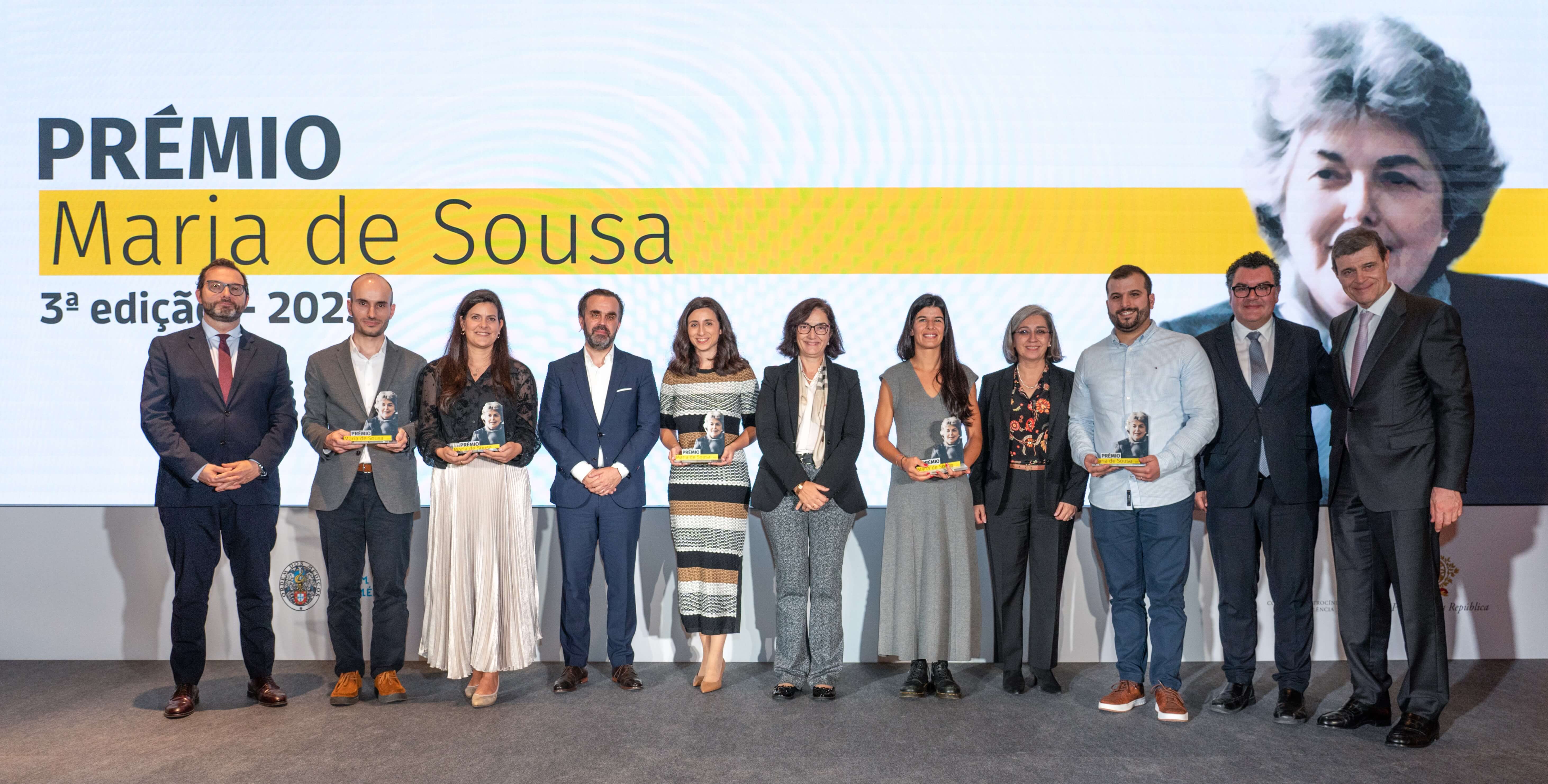
The Portuguese Medical Association and the BIAL Foundation deliver the 3rd edition of the Maria de Sousa Award
The award ceremony for the third edition of the Maria de Sousa Award took place on November 16 at Teatro Thalia, in Lisbon, and was attended by the Minister of Science, Technology and Higher Education, Elvira Fortunato, who chaired the session, the Secretary of State of Health Promotion, Margarida Tavares, and the Secretary of State for Higher Education, Pedro Teixeira. The five winners, all young researchers in health sciences, are Inês Alves (i3S, U.Porto), Nuno Dinis Alves (ICVS, U.Minho), Catarina Palma dos Reis (CHULC - Maternidade Dr. Alfredo da Costa, Lisboa), João Neto (i3S, U.Porto) and Sara Calafate (ICVS, U.Minho).

Electrophysiological signature of cessations
The paper Investigation of advanced mindfulness meditation “cessation” experiences using EEG spectral analysis in an intensively sampled case study, published in the journal Neuropsychologia, examines the neural signature of “cessation” events (momentary void of consciousness) during mindfulness meditation. The study, carried out by Matthew Sacchet in the scope of the research project 99/20 - Beyond "mindfulness" and toward a modern science of meditative mastery and spiritual transformation, supported by the BIAL Foundation, showed that EEG alpha-power decreases started 40 seconds before cessations and were lowest immediately following a cessation. Region-of-interest (ROI) based examination of this finding revealed that the alpha-suppression was most pronounced over the occipital and parietal regions of the brain, and linearly decreased with time for the entire pre-cessation duration.

What are the predictors of therapeutic alliance?
In the scope of project 178/12 - How collaboration in psychotherapy becomes therapeutic: a study of interactive and psychophysiological processes in good and poor outcome cases, supported by the BIAL Foundation, Eugénia Pereira and colleagues published the paper Data mining techniques in psychotherapy: applications for studying therapeutic alliance in the journal Scientific Reports. Applying data mining and Machine Learning (ML) techniques, the study aimed to identify the key factors or variables that significantly impact the strength of the therapeutic alliance (TA) between clients and psychotherapists. The results showed that the heart rate (HR) of the therapist was negatively associated with the therapist’s TA and the electrodermal activity (EDA) emerged as the most influential biological feature in the prediction of the TA, in the client but not in the therapist. Thus, the results from the ML algorithm document the differential importance of the physiological variables in the therapist and client (HR and EDA, respectively), for predicting TA, suggesting different experiences during therapy sessions for the dyad and with different underlying neurophysiological mechanisms.
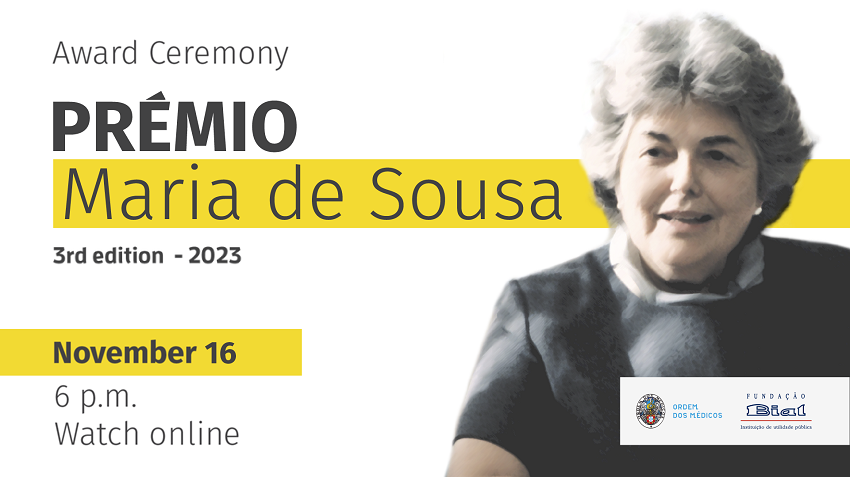
Maria de Sousa Award Ceremony 3rd edition – 2023
The award ceremony for the Maria de Sousa Award 3rd edition - 2023 will take place on 16 November 2023, at 6 p.m., in Lisbon, and will be held in a hybrid format.
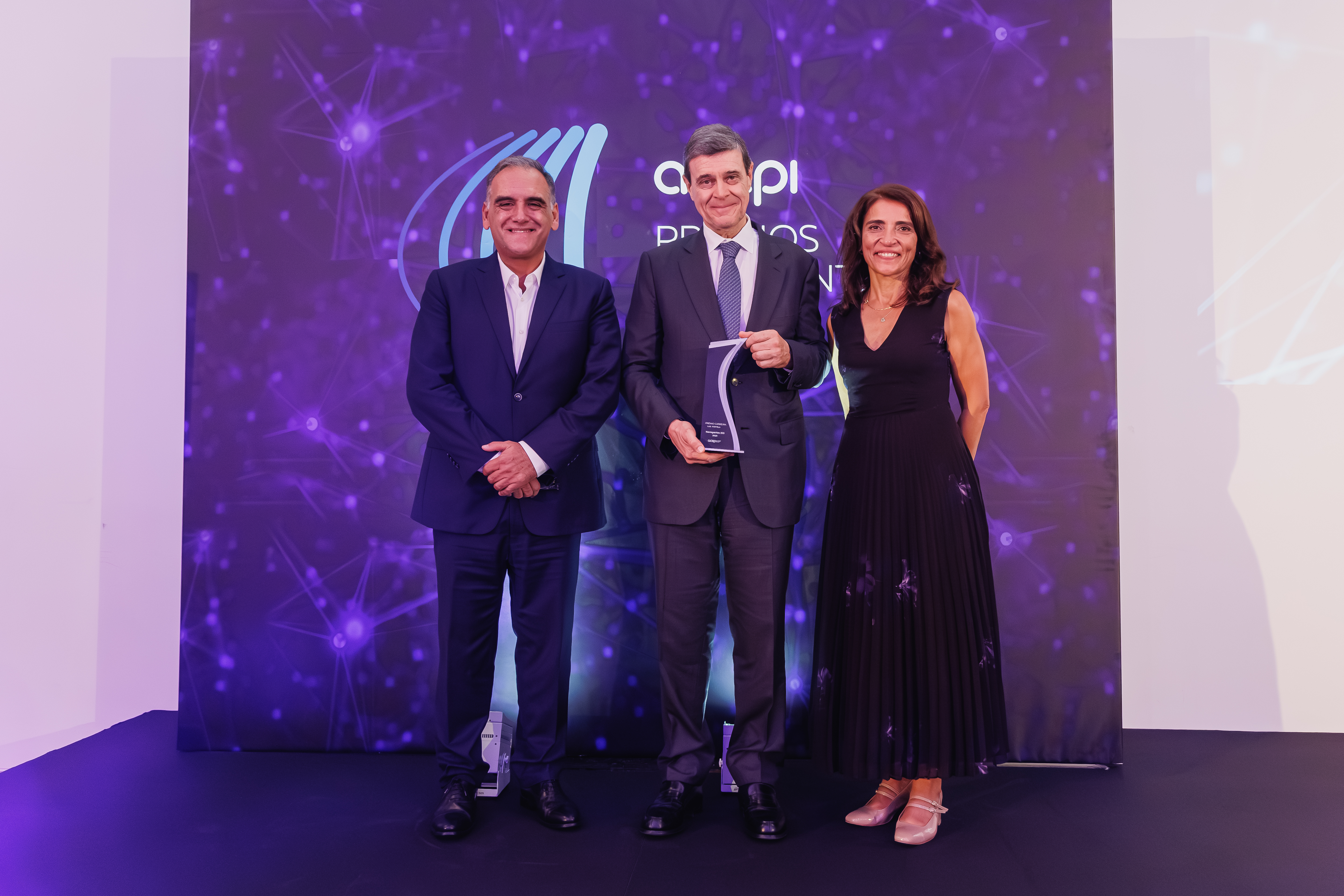
Luís Portela honoured with ACEPI's 2023 Navegantes XXI Career Award
The chairman of the BIAL Foundation, Luís Portela, was honoured with the Navegantes XXI Career Award for his work in leading BIAL.
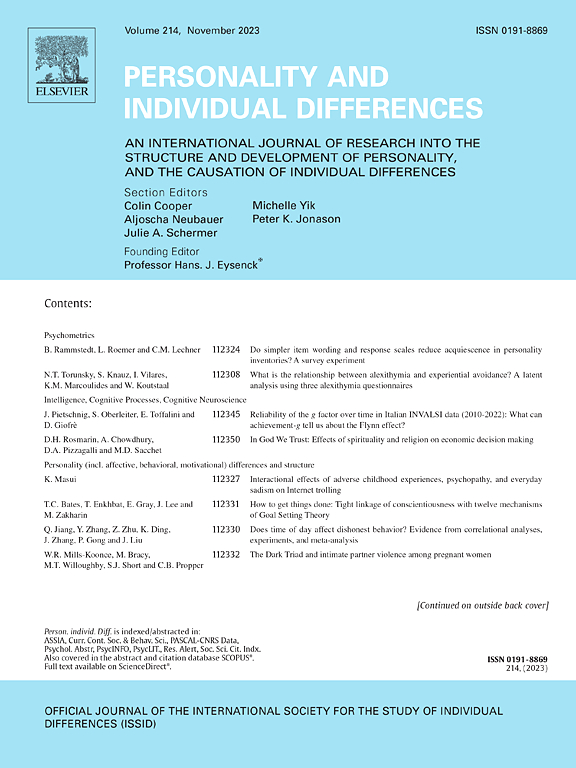
Why some individuals have more peace of mind than others?
Peace of mind (PoM) is an aspect of well-being characterized by internal peace and harmony. It is not clear why some individuals have more peace of mind than others. Looking to answer this question, Pilleriin Sikka assessed participants from Finland (Study 1, N = 417) and the US (Study 2, N = 303) and observed that people with higher levels of PoM display a greater tendency to use cognitive reappraisal (adaptive emotion regulation strategy) and a lesser tendency to use expressive suppression (less adaptive emotion regulation strategy). It seems that adaptive emotion regulation may explain individual differences in PoM. The paper Individual differences in peace of mind reflect adaptive emotion regulation, reporting these findings, was published in the journal Personality and Individual Differences, in the scope of project 295/20 - Peace of Mind and Emotion Regulation: Survey-Based, Behavioural, and Neuroscientific Investigations, supported by the BIAL Foundation.
Looking for collaboration

The quest of physiological markers for the experience of pain
Researcher: Elia Valentini - Department of Psychology & Centre for Brain Science, University of Essex Summary: The aim of this project is to improve measurement of the human experience of pain by investigating a combination of psychophysical and physiological responses during mild noxious stimulation. More specifically, we want to investigate how sensitive and specific to pain the brain oscillatory responses are. We use EEG as the main technique, but we are keen to collaborate with neuroscientists using fMRI, autonomic measures and brain stimulation as well as with computational neuroscientists. A clinical collaborator would also be very much welcome.

EEG investigation of hypnosis and decision-making
Researcher: Rinaldo Livio Perri - University Niccolò Cusano Rome, Italy Summary: I work in the field of hypnosis and cognitive neuroscience. In particular, I adopt the event-related potentials (ERPs) to investigate the effect of the hypnotic suggestions on sensory processing and cognitive performance. I am an expert in decision-making and proactive brain processes before the stimulus administration (e.g., the perceptual, prefrontal and premotor readiness during the expectancy stage). I could help colleagues to properly analyze the ERP signal in the pre-stimulus stage of processing. Also, I would be happy to share my EEG data for re-analyzing them in the frequency domain (e.g., wavelet or coherence analysis in the hypnosis research). Feel free to contact me for any question! More information on my papers: https://scholar.google.it/citations?user=-8e_V64AAAAJ&hl=it Possible collaborations: neuroscientist with experience in the EEG frequency analysis Email: perri.rinaldo@gmail.com

Transparent Psi Project - looking for collaborators
Summary: We are running a fully transparent, expert consensus-base multilab replication of Bem’s (2011) experiment 1. The project features state of the art methods to maximize transparency and study integrity. The study involves a computerized experiment taking about 20 minutes per session. Group testing is possible in a computer lab, no specialized equipment needed. Labs are expected to recruit at least 100 participants. Participants will be exposed to images with explicit erotic/sexual content in the experiment. No financial compensation is required for the participants. Data collection is expected to take place in the 2020 fall semester. Every material is provided for ethics/IRB submissions and data collection in English (translation of materials might be necessary by the collaborators). The study is pre-registered and the manuscript is accepted in principle for publication in the journal Royal Society Open Science. All collaborators who meet the minimum sample size criterion will get authorship on this paper reporting the results of the replication study. More information in the preprint: https://psyarxiv.com/uwk7y/ Indicate interest in the collaboration via the following form: https://tinyurl.com/tpp-labs With any question contact the lead investigator: Dr. Zoltan Kekecs, kekecs.zoltan@gmail.com

Cognitive control and learning
Researcher: Ignacio Obeso, Ph.D. / CINAC - HM Puerta del Sur Summary: The aim of our projects is to understand the behavioral and neural mechanisms used to learn how humans establish adaptive behaviour in changing contexts. More specifically, we want to decipher how stopping abilities are initially learned and later executed under automatic control. We use task-related fMRI, brain stimulation and clinical models to test our predictions in laboratory settings as well as online home-based paradigms. Possible collaborations: computational scientist Email contact: i.obesomartin@gmail.com https://iobesomartin.wixsite.com/cognitivecontrol
Find here some links to other Foundations, Organizations, Societies and more that you might be interested in.
- BrainFacts.org
- Cognitive Neuroscience Society
- Dana Foundation
- European Brain Council
- European Society for Cognitive and Affective Neuroscience (ESCAN)
- Federation of European Neuroscience Societies (FENS)
- Human Brain Project
- IANDS International Association for Near-Death Studies
- Institut Métapsychique International (IMI)
- Instituto de Psicologia Paranormal
- International Behavioral Neuroscience Society (IBNS)
- International Brain Research Organization
- IONS Institute of Noetic Sciences
- Kavli Foundation
- Koestler Parapsychology Unit
- Open Sciences
- Organization for Human Brain Mapping (OHBM)
- Parapsychological Association
- Psi Encyclopedia
- Rhine Research Center
- Sociedade Portuguesa de Neurociências
- Sociedade Portuguesa de Neurologia
- Society for Neuroscience
- Society for Psychical Research
- Society for Scientific Exploration (SSE)
- World Federation of Neurology

